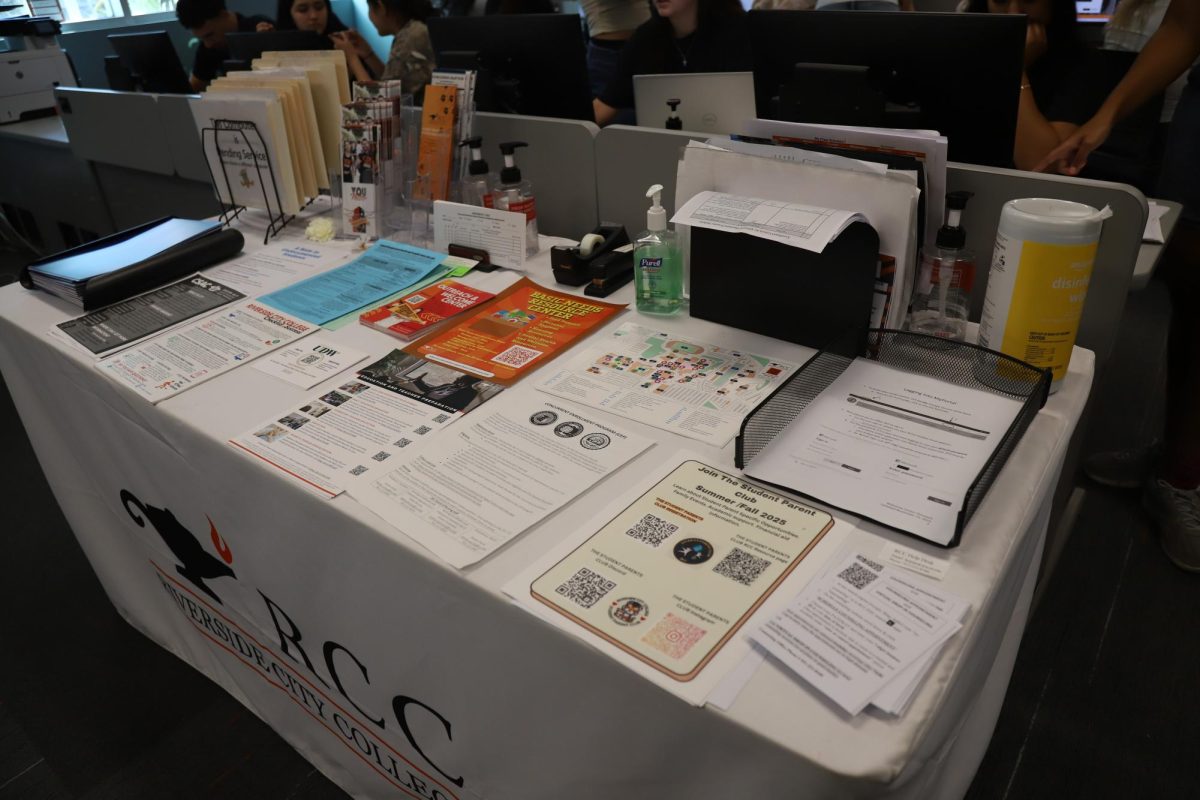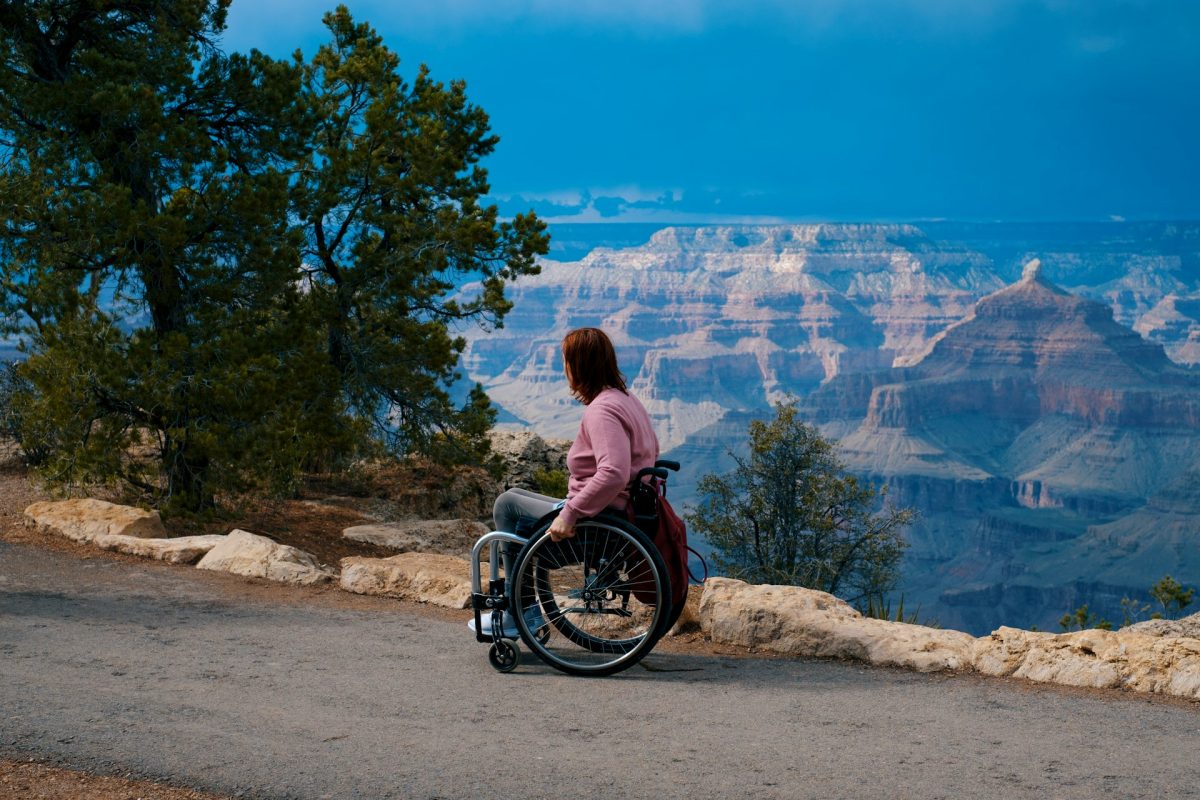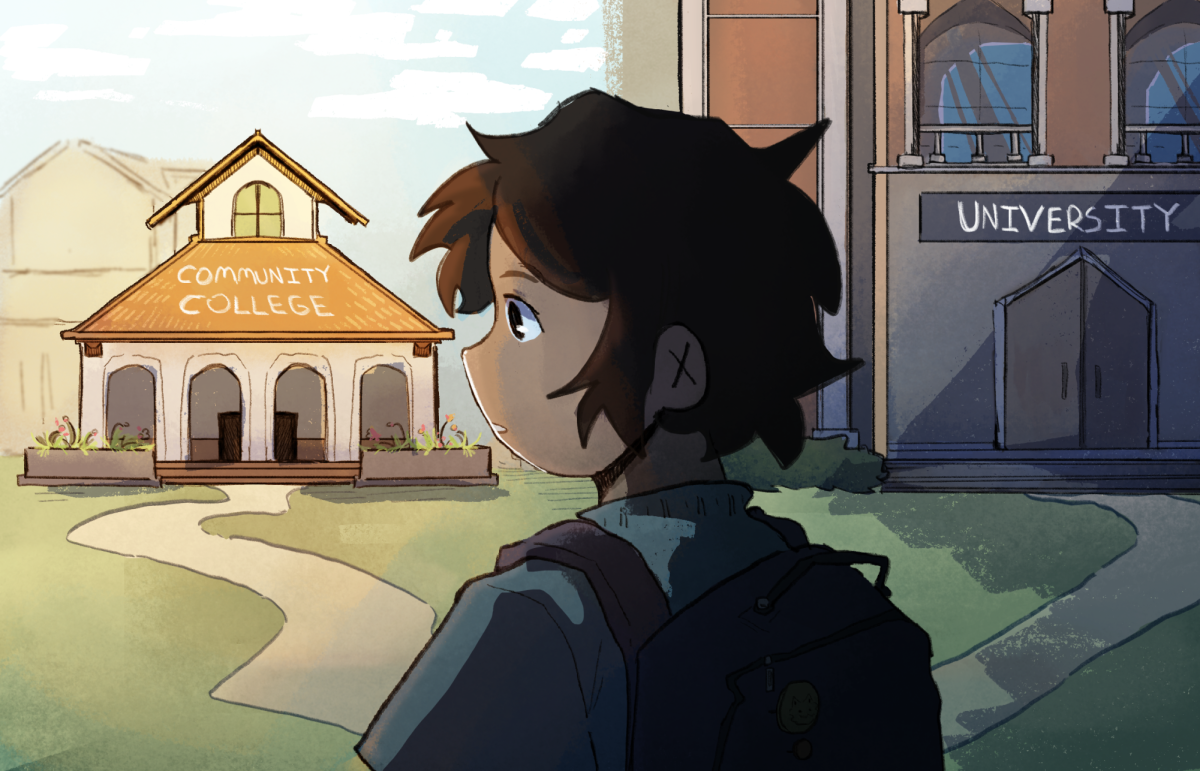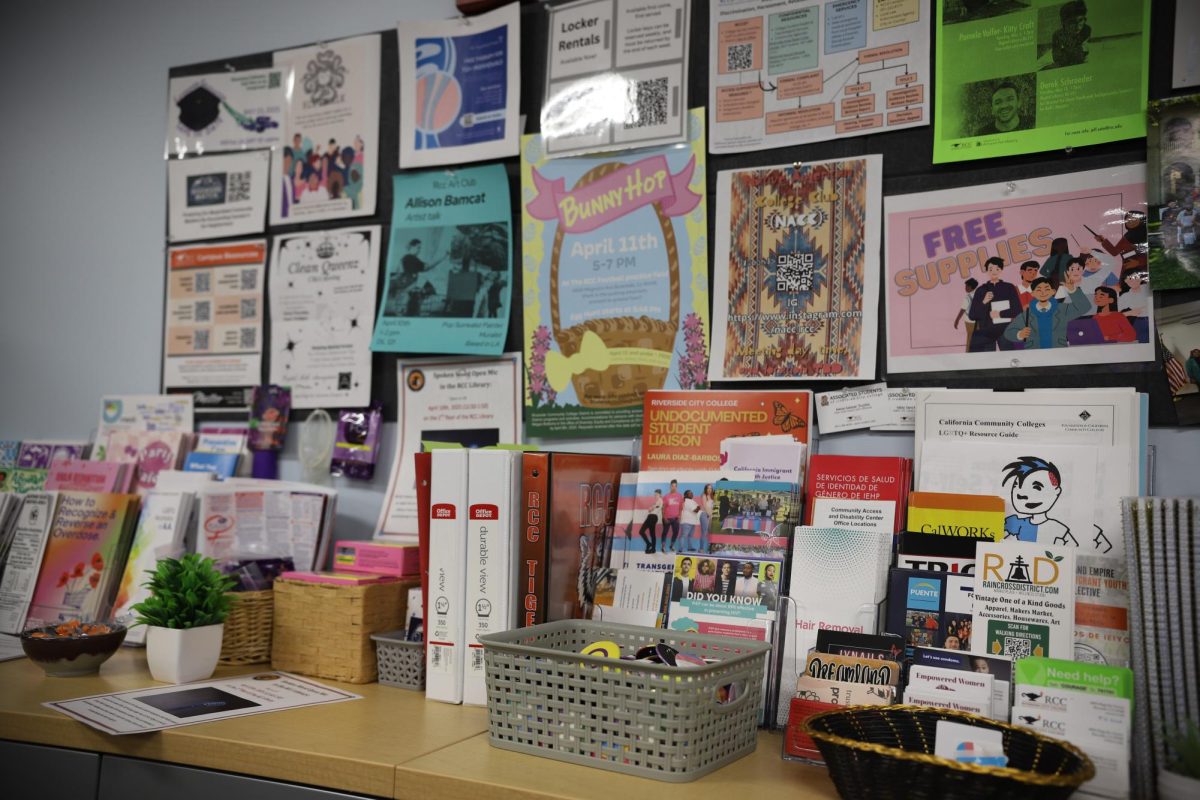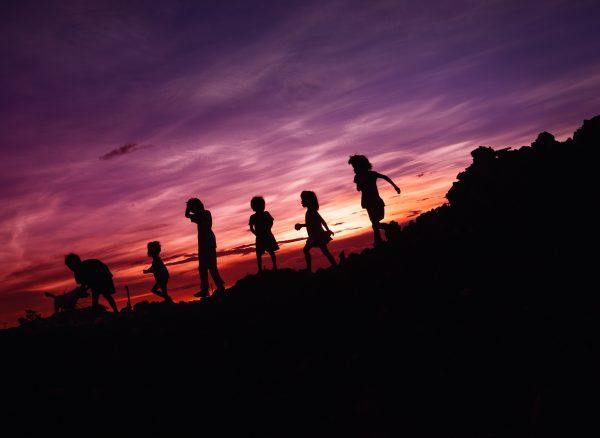
By Paul Quick
Homelessness, political recalls, smog and traffic: These issues are well known to any Californian.
A lesser-known and more insidious problem may have escaped the attention of many Angelenos: California has a huge sex trafficking problem.
All the more concerning is that California is a major hub for the trafficking of adolescents. According to the National Human Trafficking Resource Center, the most significant majority of human trafficking cases reported in the U.S. each year originate in California.
Californians Against Slavery reports that San Diego, Los Angeles and San Francisco are three of the 10 worst child sex trafficking cities in the U.S. In San Diego, human trafficking is only second to drug trafficking among that city’s crimes.
An estimated 300,000 adolescents every year fall victim to sex trafficking. This number includes runaways, drug addicts and children living in foster care or group homes. These children are especially vulnerable because they lack a stable home life or emotional family connection. Adolescents who are addicted to drugs often lack money to obtain drugs and resort to prostitution to feed their habit.
As with most things these days, social media also plays a part. According to Thorn, a nonprofit dedicated to preventing child sex trafficking, more than 70% of sex trafficking occurs online. Children and teens are recruited and exploited right on the internet.
Predators use chat rooms and gaming websites to establish rapport with potential victims. They also peruse pictures of adolescents and teens on social media, using those images to target potential victims.
The average age for girls who first fall victim to trafficking is between 12 and 14, while the age for boys is typically between 11 and 13. There have been reports of children as young as nine.
Children are being moved via highways such as the Interstate 5, I-99, I-80 and I-50 and trafficked in parking lots, hotels and online escort services.
Helping these children is a complex and evolving effort. They have suffered emotional and physical trauma. They have unique emotional and physical needs that are not easy to address.
In 2012, California passed an initiative titled Californians Against Sexual Exploitation. It included six declarations and a three-part purpose.
The six declarations identified sexual exploitation, especially of minors, as a top issue, established human trafficking as modern-day slavery and a human rights violation. They also clarified that minors are not legally capable of consenting to sexual acts, identified the internet as a venue for trafficking and advocated tougher laws against traffickers.
Another major step in treating victims more fairly was in 2017, when California stopped arresting minors for prostitution under the “no such thing as a child prostitute” law. Too often, victims were being treated as criminals, charged with prostitution and placed in juvenile detention centers.
Police officers making these arrests felt that detention centers would provide the needed counseling. Unfortunately, the counseling is related to the crime and did not address the underlying factors that resulted in these adolescents’ sexual exploitation.
The child welfare system in California is ill-equipped to meet these needs. Fortunately, California has recently added additional funding and training to the system to better address this issue. Social workers are receiving training specific to children who have been subjected to sexual exploitation.
California must take further decisive action to address the thousands of children enslaved in sex trafficking. The children of this state deserve to be protected and California cannot continue to fall behind other states in this obligation. The time to act is now.

